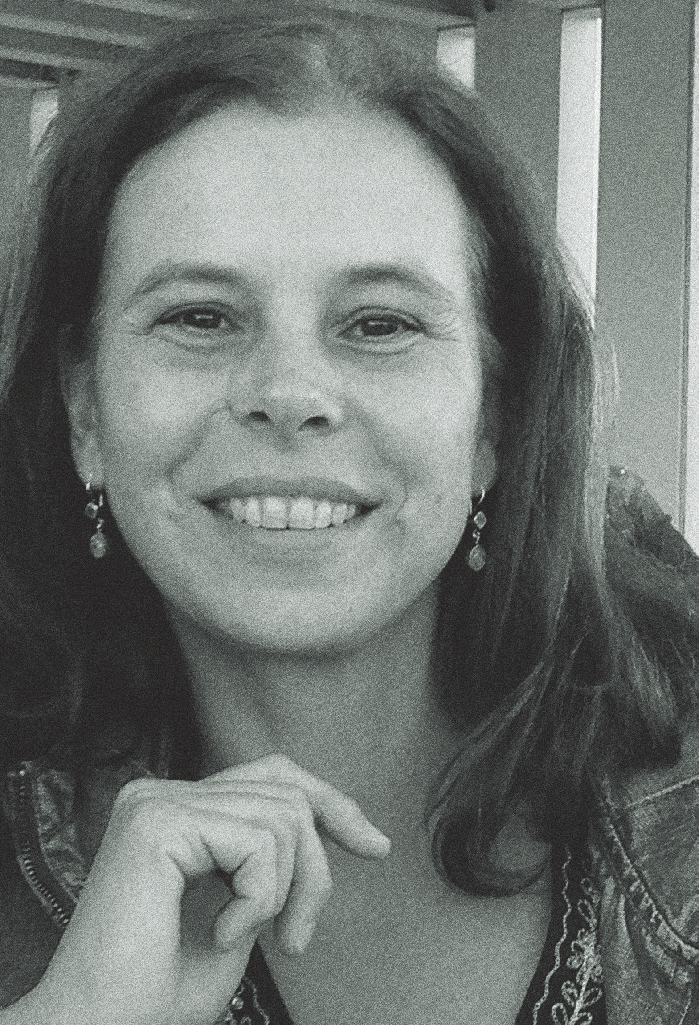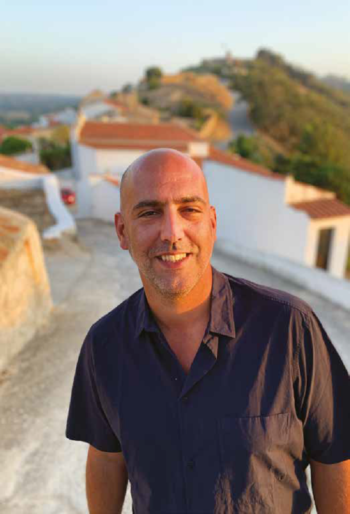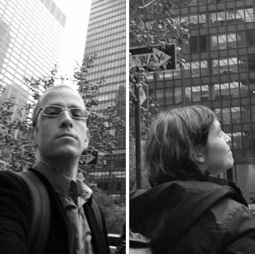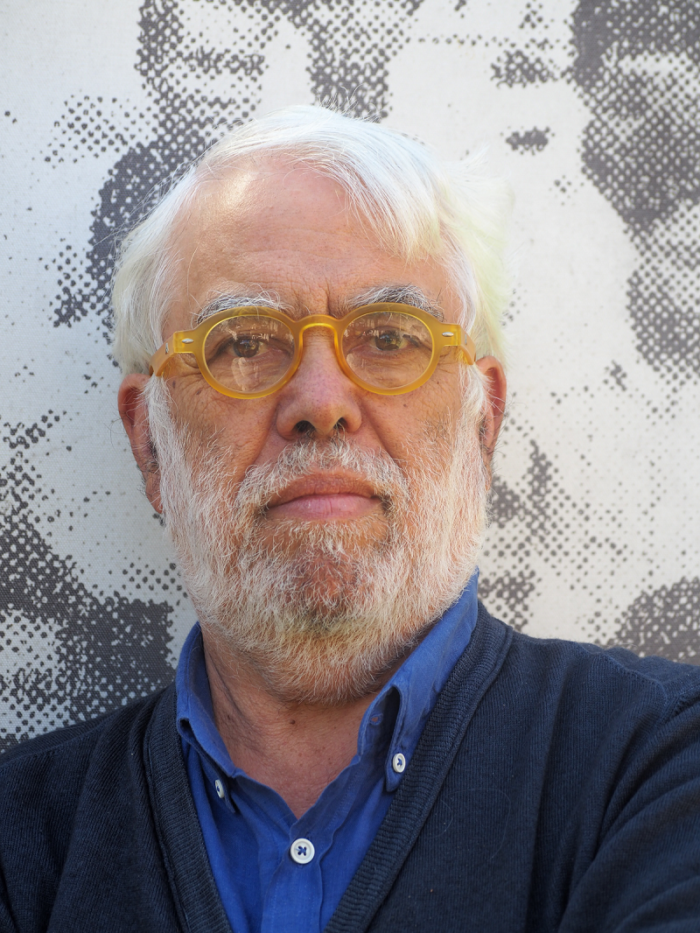A conversation with Arch. Inês Norton

A conversation with Arch. Inês Norton
‘We work with [...] natural elements such as stone, iron, gravel, concrete, water and vegetation and with other less tangible ones such as light, temperature, sound, smell ... ’
You have over 25 years of professional experience. Tell us a little about your journey.
I attended a degree in Landscape Architecture at the University of Évora from 1986 to 1990. I did a professional internship in Brussels, at Urbanisme et Aménagement. After the internship, I’ve worked for one year at the Agence Française de Paysage, in Paris, after which I returned to Lisbon and associated with Landscape Architects João Gomes da Silva and João Mateus. We set up a studio that later grew to be Global, of which João Gomes da Silva and I are founding partners since 1998. In 2006 I created a side project, Global 2, with an independent team. In 2009, due to the crisis, I was forced to close the studio and accepted a challenge from PROAP to monitor the requalifying project for public spaces on Nantes Island. I was responsible for its coordination for 2 years. Later, I accepted a new challenge from PROAP to coordinate an office in Luanda. We worked for the government on institutional projects and collaborated with a local office to create new neighborhoods in the degraded areas on the outskirts of Luanda. Angola fascinated me for its potential, scarcity of means and generosity of people. However, the work was very frustrating because it was very difficult to accomplish and we were at the mercy of third-party interests. I collaborated on this project until 2014 with several trips to Luanda. I returned to Lisbon, where I restarted working at Global, until today.
What is your view on the concepts you research and develop at Global?
João Gomes da Silva and I have different values that complement each other. We discuss the works that enter the studio and we have collaborators who develop the projects with us. Usually, each of us is responsible for guiding and carrying out the projects and works to the end. We work in various scales and geographical contexts, rural, urban, industrial, and the circumstances of each project are always unique. Our approach is really wide, we try to interpret the geographical, economic, social context in each case study. The idea of construction, over time, and overlapping interventions, is always present in the research. We are rigorous and we always justify the intervention we propose from the clear recognition of the existing situation.
What are the principles that underlie your work?
I am fascinated by research through drawing and the possibility of transformation, organization and invention of space. I try to integrate my work in an idea of continuity, meeting the essentials, and creating conditions of balance and sustainability. I work fundamentally on design and always with an aesthetic objective, which is achieved when the proposed solution responds in an obvious and unequivocal way to the zone requests. This balance depends on the right selection of materials and adapted plant species, environmental and chromatic comfort. We work with the available material, whether natural elements such as stone, iron, gravel, concrete, water and vegetation and with less tangible ones such as light, temperature, sound, smell, depth of field, and views. We always design thinking about the viability of the construction and the creation of added value for the spaces.
Can you highlight some projects that were more significant or challenging?
All projects are challenging. The most significant were those in which the work was done as a team and the result was the result of discussion and collaboration. Others are the works that focus on landscapes that are already very beautiful, where it is easy to integrate an intervention, yet others may be socially challenging, with less immediate results, but that provide more dignified ways of living and with a better quality of life for people. Usually, with an adjusted intervention program and a client who is interested, trusts and delegates, the result is positive. I recall the difficulty of intervention in the public space of the social districts of the Integrated Plan of Almada, the richness of the construction of the EXPO 98 spaces, the team intervention in the Vergílio Ferreira Secondary School, in Lisbon, or the collaboration with clients in some private gardens.
Is there still much to do regarding landscape architecture in Portugal?
Yes, there are many areas where there is a lot of Landscape Architecture work to do. I would say mostly regarding planning and education. We are talking about flooding problems, waste management, forest destruction, fires, soil exploitation, clandestine constructions, asphalt cities. There is all the work of consolidation and renovation of public space that is increasingly important in the life quality of citizens, and I speak both of more degraded areas of cities, on the peripheries, and in city centers, where density and mobility require the floors adaptation, creation of gardens and spaces of contact with nature.
This interview is part of the Artes & Letras Magazine # 121, of July / August 2020
Partially automatic translation from portuguese: some expressions may differ from their actual meaning.
News & Interviews
A conversation with Arch. Ricardo Gomes
'For years, there is an expectation that an art installation relates to the space in which it operates. We take advantage of some specifics that an architect can add to this process.' Read more
A conversation with Arch. Catarina Sousa and Arch. Gilberto Oliveira
’With the demographic reduction we are seeing, what is not sustainable is the size of the built territory. There are hundreds of thousands of empty buildings in Portugal and we will lose almost 10% of the population.’ Read more
A conversation with Arch. Fernando Bagulho
‘It is necessary to solve the new needs of living, (...) the challenges of teleworking. (...) We still have, as a paradigm of urban housing, models more than one hundred years old (...) that will be necessary to combine with utility housing, an alternative to the workplace.’ Read more




